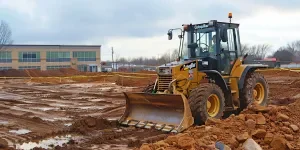Skid steers, the compact and versatile powerhouses of the construction and landscaping industries, are essential tools for a wide range of tasks. From digging and lifting to grading and demolition, these machines offer unparalleled agility and efficiency. In this article, we’ll explore the ins and outs of skid steers, including how they operate, tips for using them effectively, their costs, and the top models on the market.
Table of Contents:
– What is a skid steer?
– How do skid steers work?
– How to use a skid steer
– How much does a skid steer cost?
– Top skid steer models
What is a skid steer?
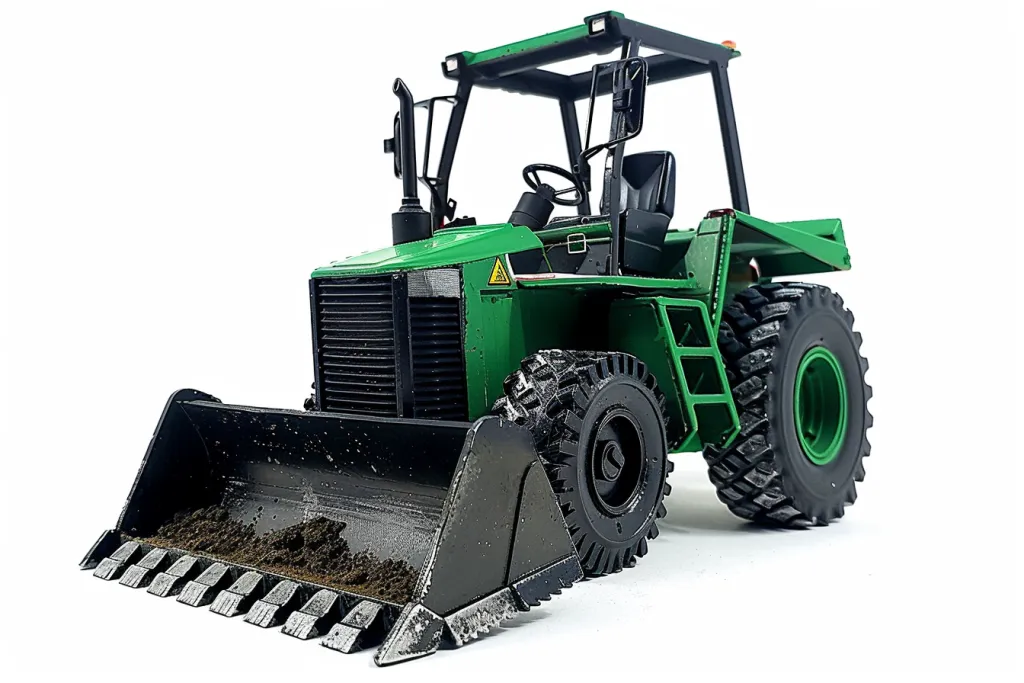
Skid steers, often referred to as skid steer loaders, are small, engine-powered machines with lift arms that can attach to a wide variety of labor-saving tools and attachments. These compact units are known for their maneuverability and the ability to turn within their own footprint, making them ideal for tight spaces and diverse tasks. Unlike traditional front loaders, the lift arms in skid steers are alongside the driver, providing improved visibility and ease of operation.
The origins of the skid steer can be traced back to the late 1950s, with the first models designed for cleaning turkey barns. Over the decades, they have evolved into indispensable tools for construction, agriculture, and landscaping. Today’s skid steers are equipped with advanced features like enclosed cabs, climate control, and sophisticated hydraulic systems, enhancing their functionality and comfort for operators.
Skid steers are classified by their rated operating capacity (ROC), which ranges from small, under 1,750 pounds, to large models exceeding 3,000 pounds. This classification helps users select the appropriate size for their specific needs, balancing power, maneuverability, and fuel efficiency.
How do skid steers work?
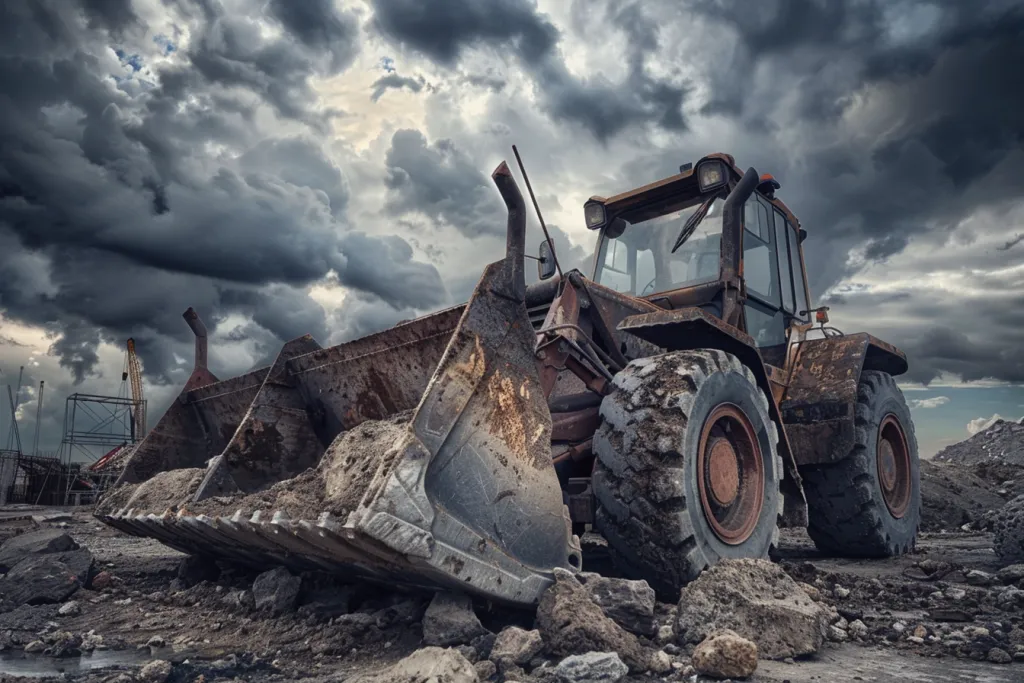
The unique steering mechanism of skid steers is where they get their name. Unlike traditional vehicles with wheels that turn, skid steers pivot by skidding or dragging their wheels across the ground. This is achieved by independently controlling the speed and direction of the wheels on each side of the machine. For models with tracks instead of wheels, this concept applies to the tracks, allowing for smooth operation on various terrains.
The heart of a skid steer’s functionality lies in its hydraulic system. This system powers the lift arms and any attachments, providing the force needed to perform tasks like lifting heavy loads, digging, or pushing soil. The operator controls these actions through levers or foot pedals inside the cab, allowing for precise manipulation of the machine’s movements and attachments.
Attachments are what make skid steers so versatile. With options ranging from buckets, augers, and pallet forks to snow blowers and stump grinders, these machines can be customized for countless applications. Quick coupling systems enable operators to switch between attachments with ease, significantly expanding the utility of a single skid steer across various tasks and projects.
How to use a skid steer
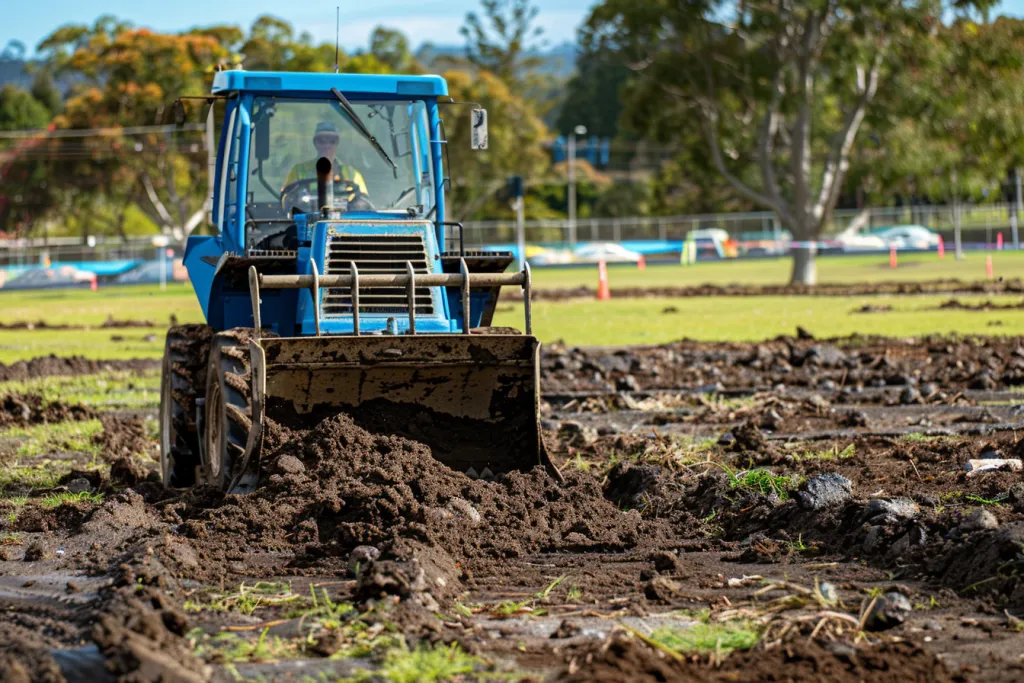
Operating a skid steer effectively requires understanding its controls and capabilities. Before starting, it’s crucial to familiarize oneself with the machine’s operation manual, paying close attention to safety instructions and recommended practices. Adjusting the seat, mirrors, and controls for comfort and visibility is the first step to ensuring a productive work session.
When maneuvering a skid steer, smooth and gradual movements are key. Abrupt changes in speed or direction can lead to tipping or loss of control, especially when carrying heavy loads. It’s also important to be mindful of the machine’s center of gravity, keeping loads low to the ground while moving and avoiding sharp turns at high speeds.
For optimal performance, selecting the right attachment for the job and adjusting the machine’s settings accordingly is essential. This might involve setting the hydraulic flow rate for attachments like augers or adjusting the speed for tasks requiring precision. Regular maintenance, including checking fluid levels and inspecting attachments for wear, will keep the skid steer running smoothly and extend its lifespan.
How much does a skid steer cost?
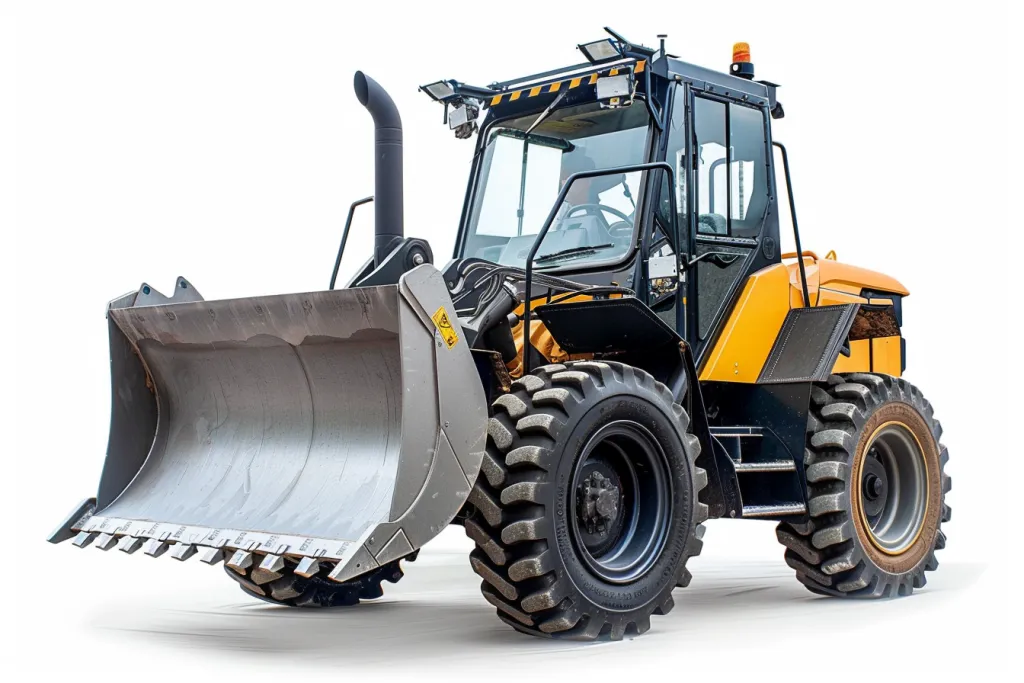
The cost of a skid steer varies widely based on size, power, and features. Entry-level models can start as low as $20,000, while more advanced machines with higher capacities and enhanced features can exceed $60,000. Used skid steers provide a more affordable option, though prices depend on condition, age, and hours of operation.
When considering the cost of a skid steer, it’s also important to factor in the expense of attachments, which can significantly impact the overall investment. Basic attachments like buckets may only cost a few hundred dollars, while specialized tools like hydraulic hammers can run several thousand dollars. Maintenance and operational costs, including fuel, repairs, and replacement parts, should also be considered in the total cost of ownership.
Financing and leasing options are available for those looking to spread out the cost of a skid steer. These financial arrangements can offer flexibility for businesses and individuals, allowing for the acquisition of necessary equipment without a significant upfront investment. It’s advisable to compare offers from multiple lenders to find the best terms.
Top skid steer models
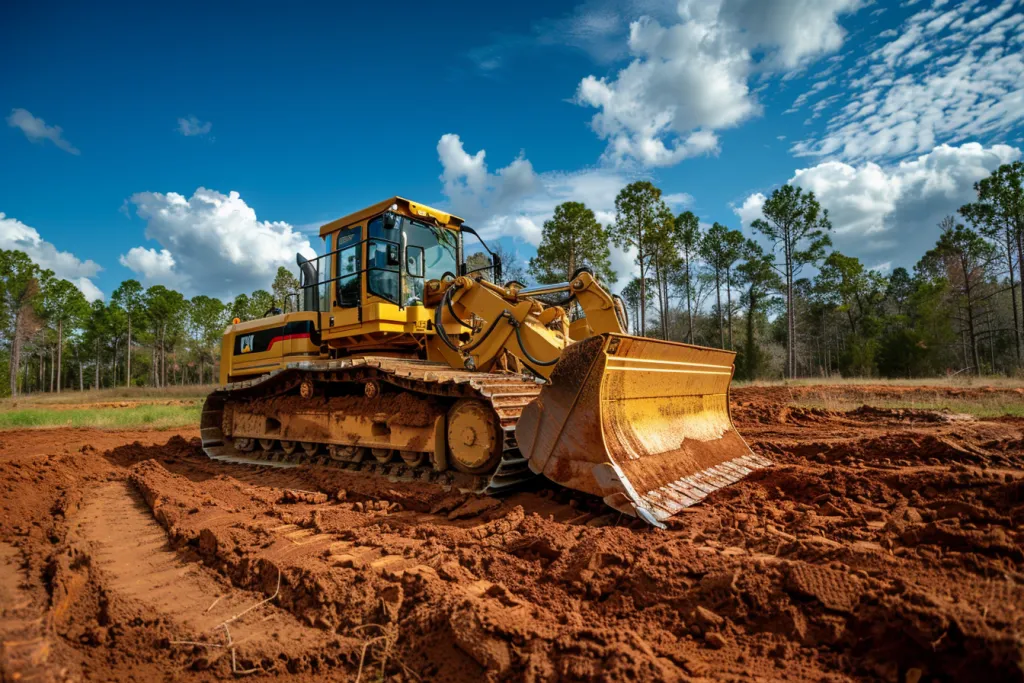
The market offers a wide range of skid steer models, each with its own strengths and suited to different tasks. Some of the top models include:
- Bobcat S650: Known for its balance of power, comfort, and versatility, the Bobcat S650 is a popular choice for a variety of applications. Its vertical lift path provides excellent reach and lift height, making it ideal for loading and unloading tasks.
- Caterpillar 262D: Caterpillar’s reputation for durability and performance is evident in the 262D skid steer model. With advanced hydraulic systems and comfortable operator stations, this machine is designed for productivity and ease of use.
- John Deere 332G: The 332G model from John Deere offers high lifting capacity and breakout forces, making it suitable for demanding tasks. Its spacious cab and user-friendly controls enhance operator comfort and efficiency.
Conclusion:
Skid steers are invaluable tools in construction, landscaping, and agriculture, offering versatility, power, and efficiency in a compact package. Understanding how they work, how to use them effectively, and their costs can help individuals and businesses maximize their utility. With a wide range of models and attachments available, there’s a skid steer to meet nearly any need, making them a smart investment for those looking to boost productivity and streamline operations.
